
To gain (or maintain) traction in the marketplace, it’s no longer enough to offer great products and services. Customer expectations have risen in modern commerce, and to meet those high expectations you need to have a deep understanding of your customers’ wants, needs, and goals. Especially when your customers are other businesses. B2B customer journey mapping is an effective way to get at those valuable insights…and accomplish much, much more. That’s why it’s become a cornerstone effort for any organization that seeks to stand out from the crowd.
The data is clear. Putting customers at the center of how you do business pays off with customers who buy more (and more often), stay with you longer, and recommend you to their contacts and colleagues.
It all gets down to engaging with customers in a meaningful way to deliver a great experience at the most critical touchpoints. But how do you identify what’s meaningful to customers and what those critical touchpoints are?

The most important thing is to capture the journey from your customer’s perspective. And the only way to do that is to talk to them. This is particularly important in B2B environments, which are, by nature, complex. Typically, the one buying your products is the buyer persona – not the one using them on a day-to-day basis. And unlike a B2C shopper considering buying, say, a blender on Amazon, the purchasing decision might involve a months-long decision-making process, dozens (if not hundreds) of stakeholders, committing to lengthy contracts, and investing millions of dollars.

The classic way to do qualitative research is to do one-on-one interviews with your customers. This gives you a chance to have a free-flowing conversation and allows you to learn insights a strict questionnaire will never allow you access to. We call this a discussion guide – a list of topics and starter questions to get the conversation going and ensure the key ideas are covered. The standard structure of our discussion guide is as follows:
Introduction: Review the purpose of the interview and introduce yourself. Explain to the interviewee the type of questions to expect and how the information will be used. At this point, the interviewer will ask for permission to record and start the recording. Some folks are leery of being recorded, but the vast majority are happy to share their story, as long as it stays internal within the company that is asking the questions.
Background: This section is to get the person comfortable with the interview and start sharing information. This is where you find out about what they do and what is important to them. You ask such questions as.
Perception of Company and Interactions: This starts the customer buying process by thinking about the company engaged in customer journey mapping. We will ask questions like:
Current Experience Activities: Ask about the customer journey. Ask the customer to go step-by-step through the various customer journeys and touchpoints. For each step in the customer journey, ask the customer to provide the following:
Advice and Wrap-Up: Ask for any additional advice about what the perfect customer journey would be.
The one-on-one interviews and their related video provide great insight into what is most important in the customer journey. The videos are also a powerful change management tool that drives empathy with the customers for those who view the recordings as part of the customer journey map reveal.
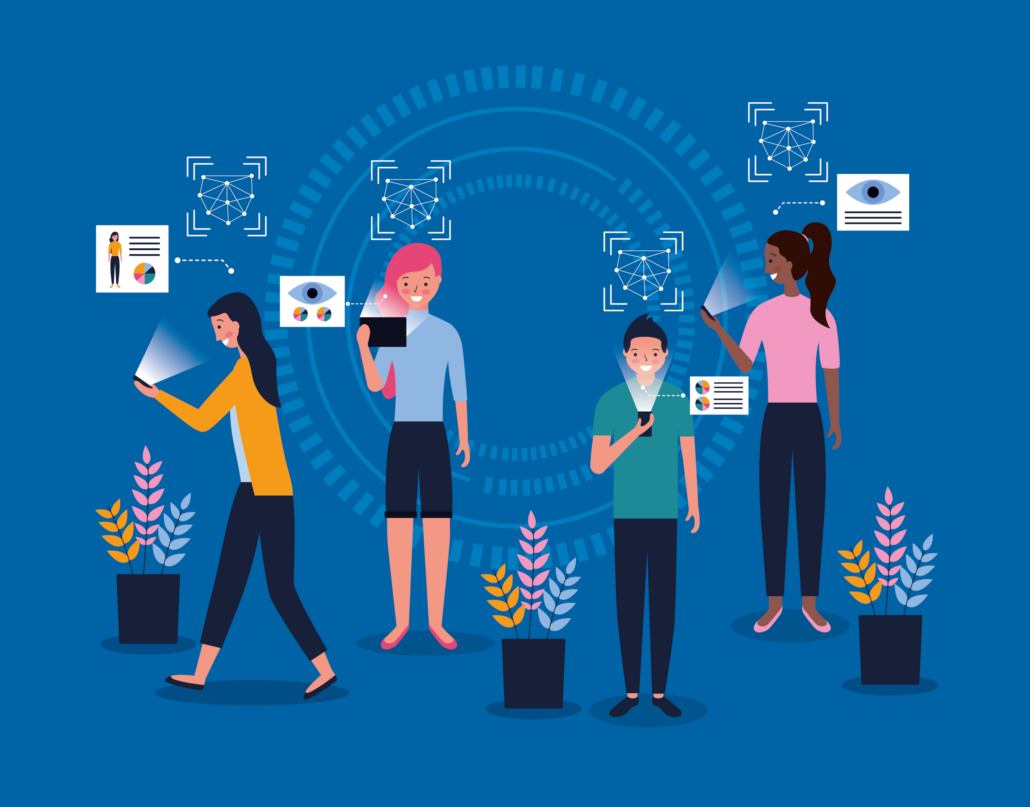
Digital ethnography is a modern approach to traditional ethnography, leveraging technology to study the behaviors, interactions, and experiences of people in digital spaces, or, using digital tools to track them in physical spaces. In the context of customer journey mapping, it plays a pivotal role, acting as an in-depth qualitative research method used to understand a customer’s online experience with a brand or product.
By observing and documenting the digital/physical interactions of customers, a digital ethnography facilitates the collection of rich, authentic customer data about their behaviors, needs, motivations, and pain points. It traces the customer’s steps across various touchpoints, including websites, social media, apps, emails, and online customer service. It helps us understand not just the “what,” but also the “why” behind customer decisions, revealing the emotional, cognitive, and contextual factors that drive their actions.
A digital ethnography goes beyond surface-level analytics by integrating narrative, visual representation, and context. It does not merely track clicks or dwell times, but delves into the circumstances surrounding these actions, and the meaning they hold for the customer. It can uncover issues that may not be immediately apparent through quantitative data, including the emotions elicited, such as confusion caused by a complex process.
In customer journey mapping, a digital ethnography offers a holistic understanding of the customer’s journey. It provides a granular view of the stages a customer passes through, from awareness and consideration, to purchase and post-purchase interactions. It captures the stages in the course of the digital customer journey. Where we might call something the “consideration” phase, the customer might refer to it as the “research” phase of the customer journey. This enriched comprehension can be used to design more effective and customer-centric digital experiences, leading to improved customer satisfaction, loyalty, and, ultimately, business success.
In essence, a digital ethnography is an invaluable tool in the contemporary digital business environment, turning the abstract digital experience into a tangible and actionable understanding of the customer’s buying journey itself.
Customers are talking to you every day. They send emails, post online reviews, call customer service, and talk to their sales reps and delivery drivers. However, this data is often ignored – or B2B companies find it hard to analyze for the purpose of the B2B customer journey map. There are now a large set of tools across the cost spectrum that can give you access to these communications. If your customers do almost all of their ordering by email, then have the system analyze emails to discover Moments of Truth. The customer is already telling you what you need to know. If you set this up for a B2B customer journey mapping project, you can have it for future ongoing analysis.
Understanding the voice of the B2B customer is essential in delineating their customer journey. Comprehensive one-on-one interviews, guided by a structured discussion outline, can provide profound insights into a customer’s perceptions, interactions, and suggestions for enhancement. Equally critical is a digital ethnography, which allows for observing digital interactions, thereby providing a deeper understanding of customer decisions – unveiling issues not immediately apparent in quantitative data. This depth of understanding can pave the way for more customer-centric customer experiences throughout. Lastly, customer communications mining, a method of analyzing the regular communications of the customers with the company, plays a critical role. These consistent interactions, when properly examined, yield valuable insights that help in the ongoing analysis and enhancement of the B2B customer journey.
B2B customers are people, and people want you to understand them and what they think. Reach out and talk to your existing customers. That is the beginning of an improved B2B customer journey.

You might choose to start by mapping the end-to-end journey, from initial awareness through post-purchase follow-up. Or you might focus on a specific sub-journey first. If you make that decision based on the needs of your business, you’ll get the information you need to optimize your marketing, sales, and service strategies to meet your customers’ needs.
Starting with an end-to-end customer journey mapping project can provide a holistic view of the customer’s experience from initial contact through to the final interaction. This overarching approach can reveal key touchpoints, unmet customer needs, bottlenecks, and opportunities for improvement across the entire customer journey – not just in one segment. It also promotes cross-departmental understanding and collaboration as it highlights how different aspects of the organization contribute to the overall customer experience. This end-to-end perspective can lead to more comprehensive, coordinated strategies for enhancing customer engagement and satisfaction, potentially boosting loyalty and business success in the long run.
While there are many pros to starting with an end-to-end journey, the project can also be resource-intensive, requiring significant time, expertise, and financial investment. It might be complex and overwhelming, especially for companies new to the process, as it requires deep understanding and coordination across multiple departments and touchpoints. The broad scope can also dilute focus, potentially missing critical nuances in individual stages of the journey. There’s a risk that the wealth of information gathered might not lead to actionable insights if not well managed, and sweeping changes based on a full journey map may pose bigger risks if not well strategized.
On the other hand, starting with a customer journey map of a specific sub-journey, like onboarding, can be a more manageable and focused approach. It allows companies to deeply understand and optimize a crucial phase of the customer experience. The scope is limited, making it less resource-intensive and potentially quicker to implement changes based on the insights gathered. This targeted approach can lead to immediate improvements in customer satisfaction and reduced churn.
Nevertheless, focusing on a sub-journey may provide a fragmented view of the customer experience. It might overlook the interconnectedness of different stages of the journey, potentially leading to piecemeal solutions that don’t address underlying systemic issues. It may also lead to improvements in one area that inadvertently complicate another stage of the buyer’s journey due to a lack of an integrated view.
In conclusion, the choice between starting with an end-to-end customer journey map or focusing on a specific sub-journey depends on the company’s resources, objectives, and the complexity of its B2B customer journey. Both approaches have their merits and drawbacks and might be used in conjunction at different stages of a company’s journey toward customer-centricity.
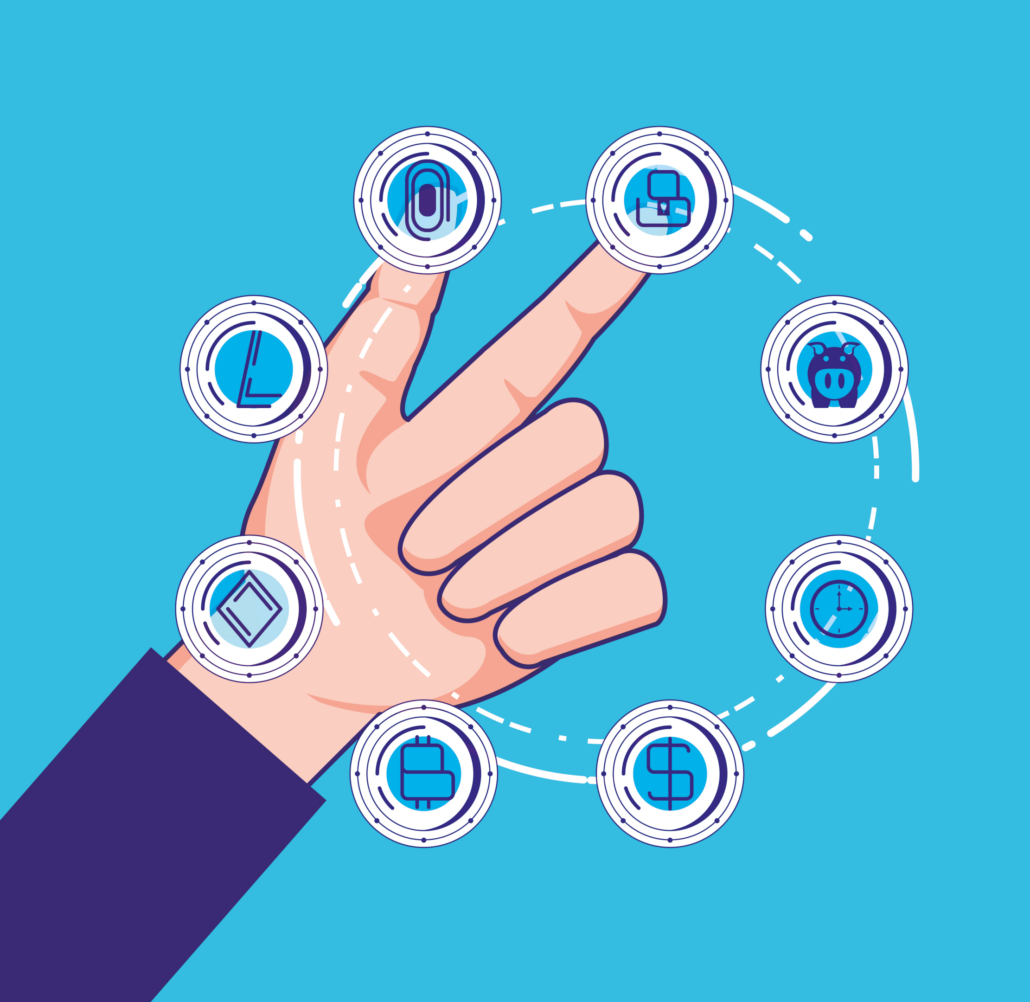
So, how does journey mapping unlock the knowledge you need? By capturing all of your customer’s interactions with your company and analyzing how each interaction affects the customer’s overall experience. This gives you the insights needed to strategically pinpoint your journey improvements to cost-effectively maximize impact, whether your goal is to prevent churn, reduce friction, identify barriers to sales, or boost customer retention.
Individual touchpoints in a customer journey map represent specific interactions between the customer and the company at various stages in the B2B customer journey. Each touchpoint, whether it’s an ordering portal, a call to customer service, or a delivery experience, contributes to the overall perception of the brand – and influences the customer’s decisions and feelings about the company.

However, focusing on improving a single touchpoint without considering the context of the customer feedback on the entire journey can be counterproductive. For instance, streamlining the ordering process might seem like a beneficial move, but if the product delivery or after-sales support is subpar, the overall customer experience might still be negative. In essence, enhancing one touchpoint could inadvertently raise customer expectations for other touchpoints, leading to greater dissatisfaction if those expectations are not met.
On the contrary, viewing each touchpoint within the context of the whole journey allows a company to identify the most critical areas for improvement and understand how changes at one touchpoint might impact others. A holistic view of the overall customer journey also helps to prioritize changes that can have the most significant positive impact on the overall customer experience.
In sum, while individual touchpoints are important, they should not be viewed or improved in isolation. The customer experience is shaped by the entire journey, not just single interactions, and improvements should therefore aim to enhance the whole journey, providing a consistently positive experience across all touchpoints.

Journey mapping can also reveal vulnerabilities, even in customers who seem relatively satisfied. By identifying the Moments of Truth that play a disproportionate role in your customers’ perception of the customer journey, and their pain points, you can identify which of your initiatives are likely to spark and sustain growth and profitability – and which aren’t worth the effort. (In other words: No more blindly throwing stuff against the wall to see what sticks!)
Moments of Truth are pivotal junctures in a customer’s journey with a company where their perceptions and decisions are significantly shaped. These critical touchpoints have an outsized influence on the customer’s overall experience and their future relationship with the brand. Recognizing and optimizing these moments can greatly enhance the customer journey.
For instance, if onboarding is identified as a Moment of Truth, the initial experience a customer has with a product or service can heavily sway their future interactions and impressions. If the onboarding process is seamless, informative, and engaging, it can set a positive tone, encouraging the customer to further explore the product or service, fostering loyalty. On the contrary, a cumbersome onboarding process might lead to frustration, prompting the customer to discontinue usage, irrespective of the quality of other touchpoints.
Focusing improvements on these crucial touchpoints for customer success can yield significant dividends. However, it’s important not to overlook the interconnected nature of the customer journey. If billing issues are fixed, but onboarding is not perfected, customers may churn before the billing stage. Hence, while Moments of Truth should be prioritized for improvements, a holistic view of the customer journey remains essential to ensure all touchpoints contribute positively to the overall customer experience.
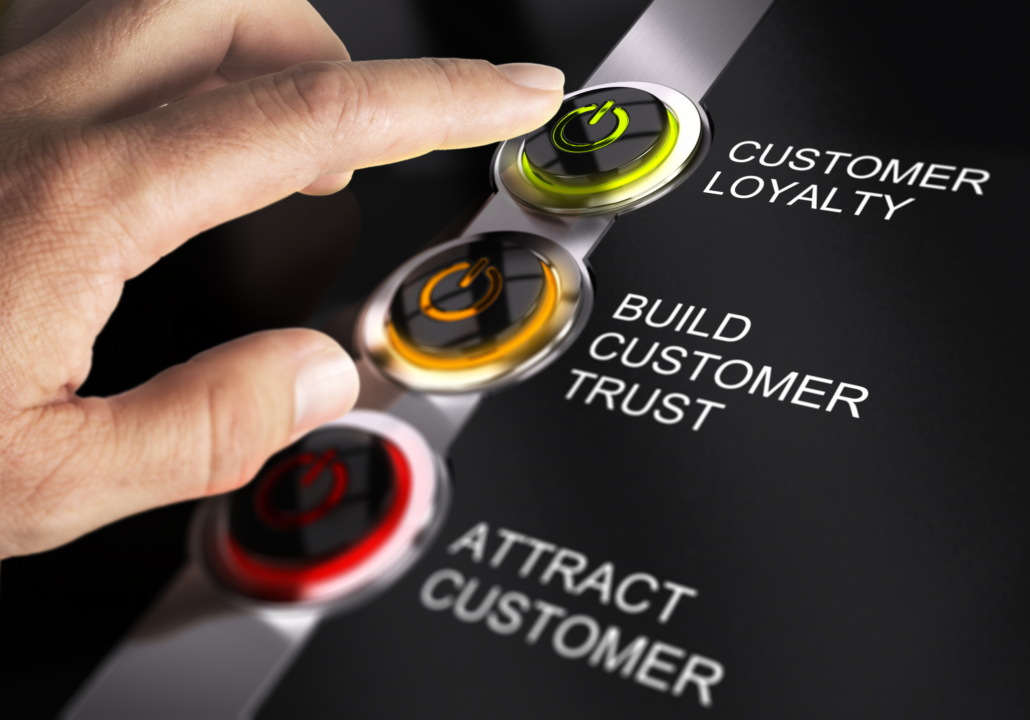
Many B2B employees can go their entire careers without ever meeting one of their customers. But should they? That would be a resounding NO!
Journey mapping offers your sales and marketing teams a chance to hear directly from customers, an extremely compelling experience. (Depending on your business goals, you might also want to hear from non-customers and those served by your competitors!) Customers’ open-ended feedback on the journey offers a goldmine of information that can showcase where you’re building loyalty and where you’re degrading it.
Hypothesis Mapping is where you bring together a large cross-functional team to speculate on the customer journey. We normally have CX, Marketing, IT, Finance, Operations, and HR representatives. These different groups of people separate into teams and first decide on what the different touchpoints are in the customer journey. This is an eye-opening experience for many because they often will hear about touchpoints outside of their day-to-day experience. Hypothesis mapping also has people speculate on the emotions customers feel and the moments of truth for the B2B customer journey.
Customer interviews should have one or more employees listening so they can hear first-hand from customers what is going on. My favorite interaction was when we did an in-person interview and a customer asked the VP of customer service what a specific communication from the company meant. The VP looked at the letter and was lost. That one experience changed how the company approached communications. The more people who listen to customers, the more empathy is spread throughout the organization.
Long term, allowing your teams to listen to customers’ concerns and ideas helps foster a customer-centric mindset that can transform the way you do business.
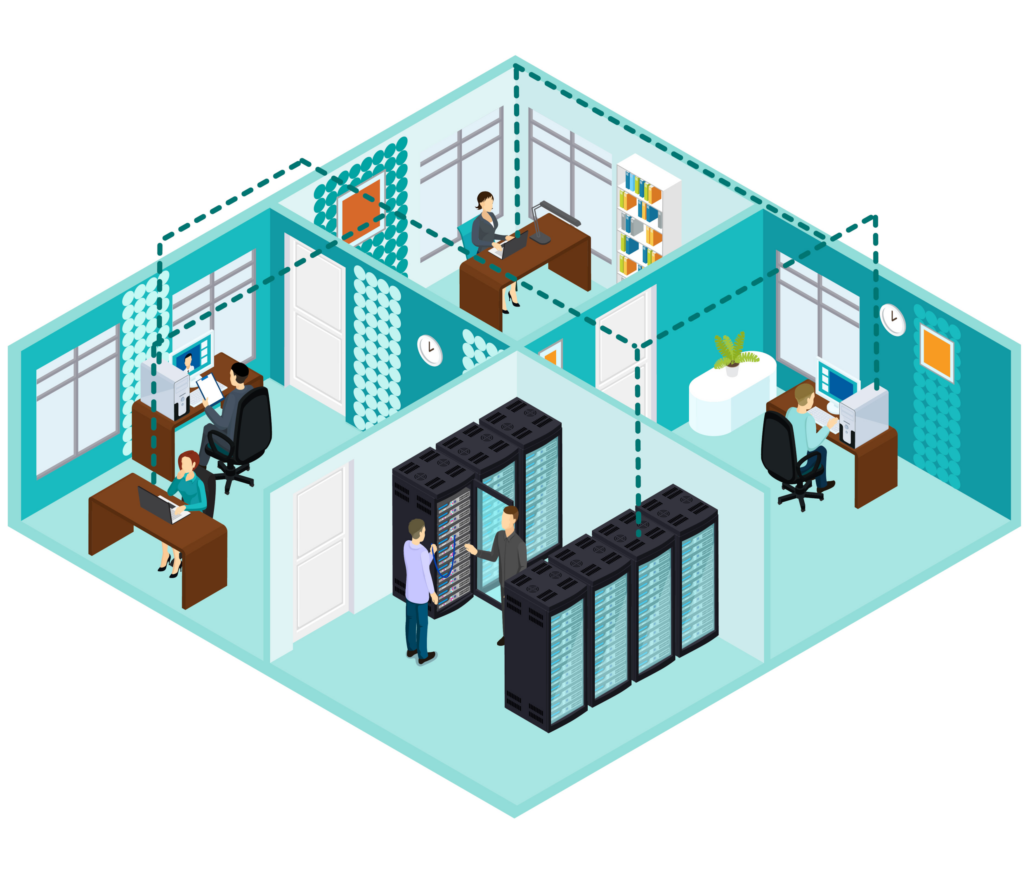
Siloed teams not only miss out on opportunities to collaborate, but they can also inadvertently be working at cross-purposes, decreasing performance across the company.
When properly executed, the journey mapping process brings together a cross-functional team (often for the first time), so that a wide variety of stakeholders are invested in both the journey mapping process and the initiatives that follow.
It also provides an opportunity to streamline your operations, as you examine how your departments interact with each other, and the impact that has on customers. Aligning all of your teams around a shared objective makes everyone more efficient.

Journey mapping helps you sort and segment your customers, and also understand which of them mean the most to your bottom line. It might be controversial to say, but that doesn’t make it less accurate: Not all customers are created equal.
Focusing on your most valuable customer segments allows you to reap greater benefits and accelerate the impact of your CX initiatives. That’s a win for your customers and the company.
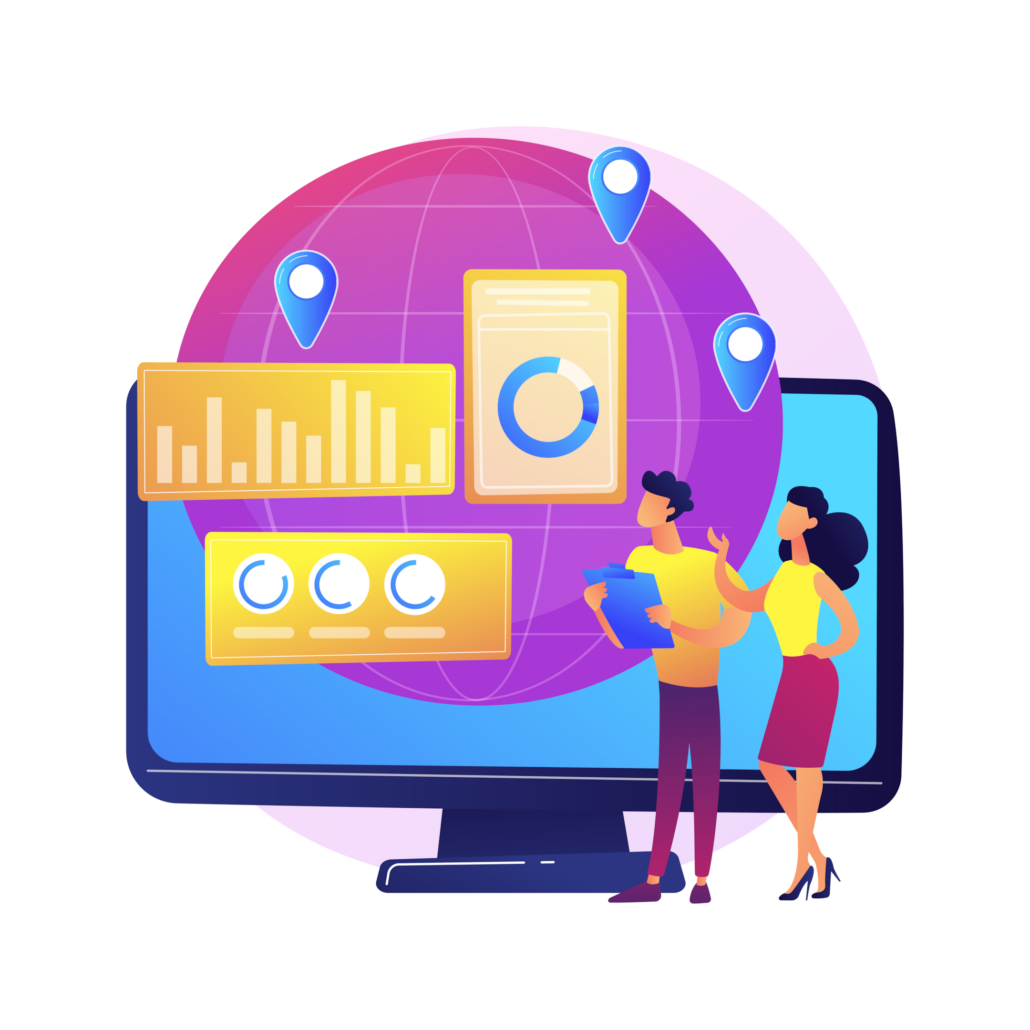
When you integrate the foundational learnings from your static journey map into journey mapping software, you’ll also be able to measure, monitor, and optimize the journey in real-time, and address any obstacles preventing customers from fully engaging with your brand.
Demonstrating quantifiable results is critical to securing and sustaining C-suite support for your customer experience program. This drives momentum that empowers you to increase your impact over time…and your importance within your organization.
After all, which is more compelling to report? That your survey scores went up 10 points…or that you reduced churn 10% year-over-year? That you have a 75% favorability rating…or a 75% share of wallet?
Measurable financial results are compelling to executives. Survey scores? Not so much.

In closing, B2B customer journey mapping is an invaluable tool that provides detailed insights into the customer’s experience with your company. By providing a bird’s eye view of every interaction and touchpoint, it unveils opportunities for improvement and innovation. Whether you’re focusing on the overall journey or honing in on specific sub-journeys, you’re essentially building a roadmap to enhance customer satisfaction and drive business growth. Remember, the power of journey mapping lies in its ability to reflect the customer’s perspective. Prioritizing ‘Moments of Truth’ can make a huge difference, but the broader journey context should never be overlooked. Done right, journey mapping can lead to a deeper understanding of your customers, fostering more meaningful and fruitful relationships that not only benefit your customers, but also contribute significantly to your company’s bottom line. Embrace the journey, and let it guide you towards a more customer-centric business approach.
With its multifaceted impact, B2B customer journey mapping acts as a catalyst for change. Consider it the Swiss Army knife in your CX toolbox!

